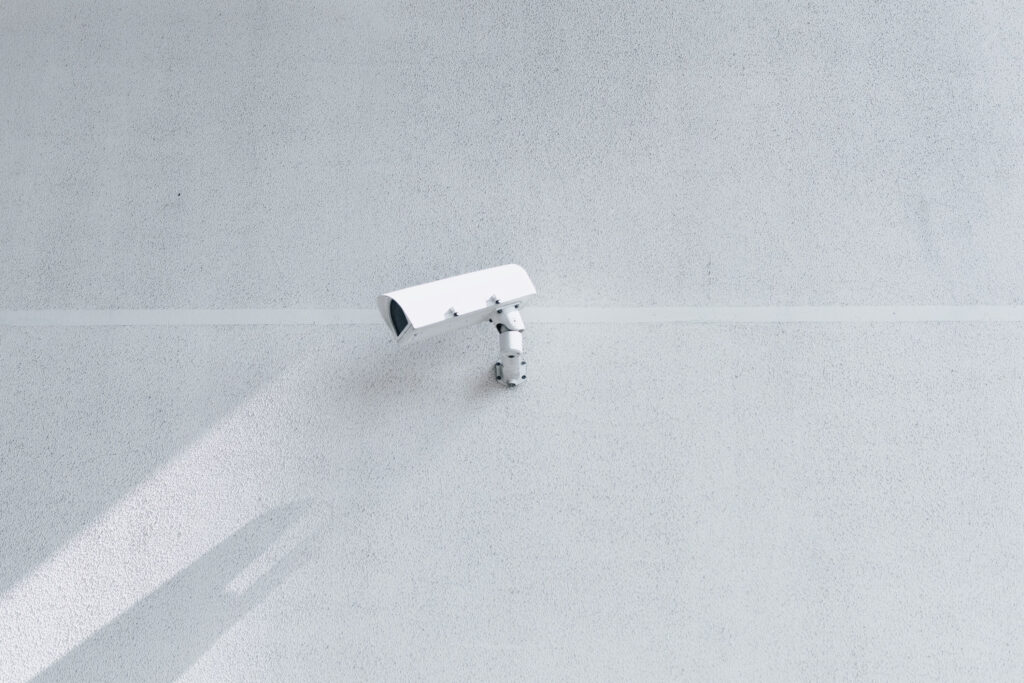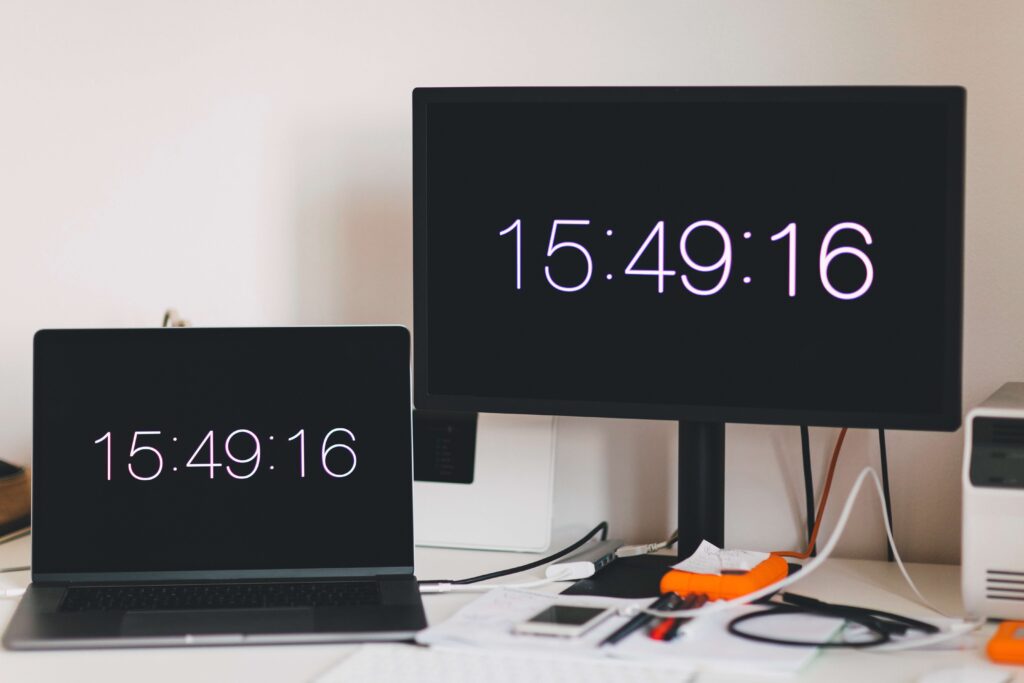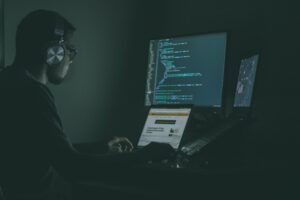In the era of remote work, time tracking has become an integral part of the modern work environment. The need to monitor employees’ work hours, especially for freelancers and remote workers, has led to the rise of digital time tracking tools. However, this has also brought about challenges and stress for many workers who feel the pressure of constant monitoring.
The importance of time tracking in remote work cannot be overstated. It ensures accountability, helps in project management, and is vital for accurate billing. Yet, the strict adherence to time tracking can lead to issues that go beyond mere numbers on a timesheet. This article explores these challenges and introduces a revolutionary approach to outsmarting time trackers.
The Evolution of Time Tracking
Time tracking has a rich history that has evolved from manual methods to sophisticated digital tools. In the past, employees would manually record their hours, leading to potential inaccuracies and inefficiencies. With the advent of digital technology, time tracking has become more precise and automated.
The transition from manual to digital time tracking has brought about significant benefits, such as automatic generation of invoices and tracking of cost overruns for fixed cost projects. However, it has also led to new challenges, including the stress of constant monitoring and the dilemma of idle time. Tools like Clockify and TSheets have become popular, but they often fail to address the human aspect of work.
The Dilemma of Idle Time
Idle time, or the time spent without active engagement in tasks, is often misunderstood in the context of work. Many time tracking systems view idle time as non-productive, leading to potential loss of income for freelancers and hourly workers. However, idle time is not necessarily unproductive time.
Real-life scenarios such as chat support agents waiting for chats or graphic designers in the thinking phase of their work highlight the importance of idle time. These moments are crucial for the job and should be paid. The current time tracking methods, such as monitoring active and idle time, often fail to recognize this nuance, leading to unfair practices and stress for employees.

The Psychological Impact of Surveillance
In today’s digital age, the surveillance of employees, especially in remote work settings, has become increasingly prevalent. While monitoring can ensure accountability and productivity, it also brings about significant psychological implications for employees. The sense of being constantly watched can create an environment of mistrust and anxiety.
This constant oversight can lead to feelings of invasion of privacy, reduced job satisfaction, and even burnout. Employees may feel that their every move is being scrutinized, leading to a decrease in creativity and spontaneity in their tasks. Instead of fostering a culture of trust and autonomy, excessive monitoring can create a stifling atmosphere where employees are hesitant to take initiatives or think outside the box.
Introducing a Solution: IdleBuster
IdleBuster offers a potential solution to the challenges of strict time tracking. By simulating human-like activity on the computer, it respects the importance of idle time while ensuring that the time tracking report looks good. It’s not about cheating the system but recognizing the value of all aspects of work, including thinking and waiting.
While IdleBuster’s features such as simulating mouse movement and keyboard activity may raise ethical questions, it opens a dialogue about the nature of work and the need for fair compensation. It’s a tool that reflects a changing work environment where trust and understanding are as crucial as accountability.
Rethinking Workplace Monitoring: A Balanced Approach
The debate surrounding workplace monitoring is multifaceted. On one hand, employers want to ensure productivity and protect company assets. On the other, employees seek autonomy, trust, and respect in their professional lives. Striking a balance between these needs is crucial for a harmonious work environment.
A balanced approach to monitoring recognizes the importance of trust and communication. Employers can be transparent about their monitoring policies, explaining the reasons behind them and ensuring they are not invasive. Regular feedback sessions can be held where employees voice their concerns and feel heard. By fostering a culture of open dialogue, companies can ensure that monitoring serves its purpose without alienating their workforce.
Most Commonly Asked Questions
Time tracking refers to the process of recording and monitoring the amount of time an individual spends on specific tasks or activities, often used in professional settings to ensure productivity and accurate billing.
Time tracking in remote work ensures accountability, helps in project management, and is vital for accurate billing. It also provides employers with insights into how employees manage their time.
Idle time refers to periods when an employee is not actively engaged in a task but is still considered to be on the clock. This can include waiting for assignments, brainstorming, or any downtime that is inherent to the job.
Constant monitoring can lead to feelings of mistrust, anxiety, and reduced job satisfaction among employees. It can also hamper creativity and spontaneity in tasks.
IdleBuster is a tool that simulates human-like activity on a computer, ensuring that time tracking reports reflect activity even during idle times. It recognizes the importance of idle time in work and provides a solution to the challenges of strict time tracking.
This is a complex issue. While tools like IdleBuster offer innovative solutions, they also challenge traditional norms. The key is to strike a balance between ensuring fair compensation for employees and maintaining transparency and trust.
Employers can be transparent about their monitoring policies, hold regular feedback sessions, and foster a culture of open dialogue. It’s essential to ensure that monitoring serves its purpose without alienating the workforce.
Yes, employers can use trust-based systems, set clear expectations, and focus on outcomes rather than hours worked. Regular check-ins and open communication can also reduce the need for constant monitoring.
IdleBuster simulates mouse movements, keyboard activity, switches between apps, and rotates through browser tabs to mimic human activity and ensure the computer appears active.
IdleBuster is designed to simulate genuine human activity, making it challenging for other software to detect. However, users should always be cautious and use such tools responsibly.
Conclusion
The future of remote work and time tracking is evolving. The importance of understanding and valuing idle time is becoming increasingly clear. Tools like IdleBuster are not just about outsmarting time trackers but fostering a culture that respects the complexity of human work.
A call to action for a more understanding and flexible work environment is needed. It’s time to move beyond mere numbers and embrace a holistic approach that recognizes the human element of work. The revolution has begun, and it’s time to be part of it.





